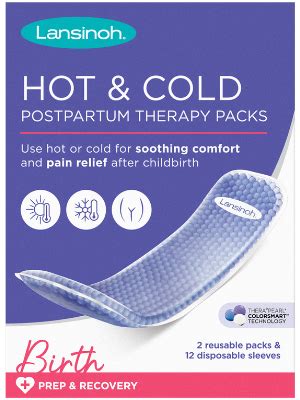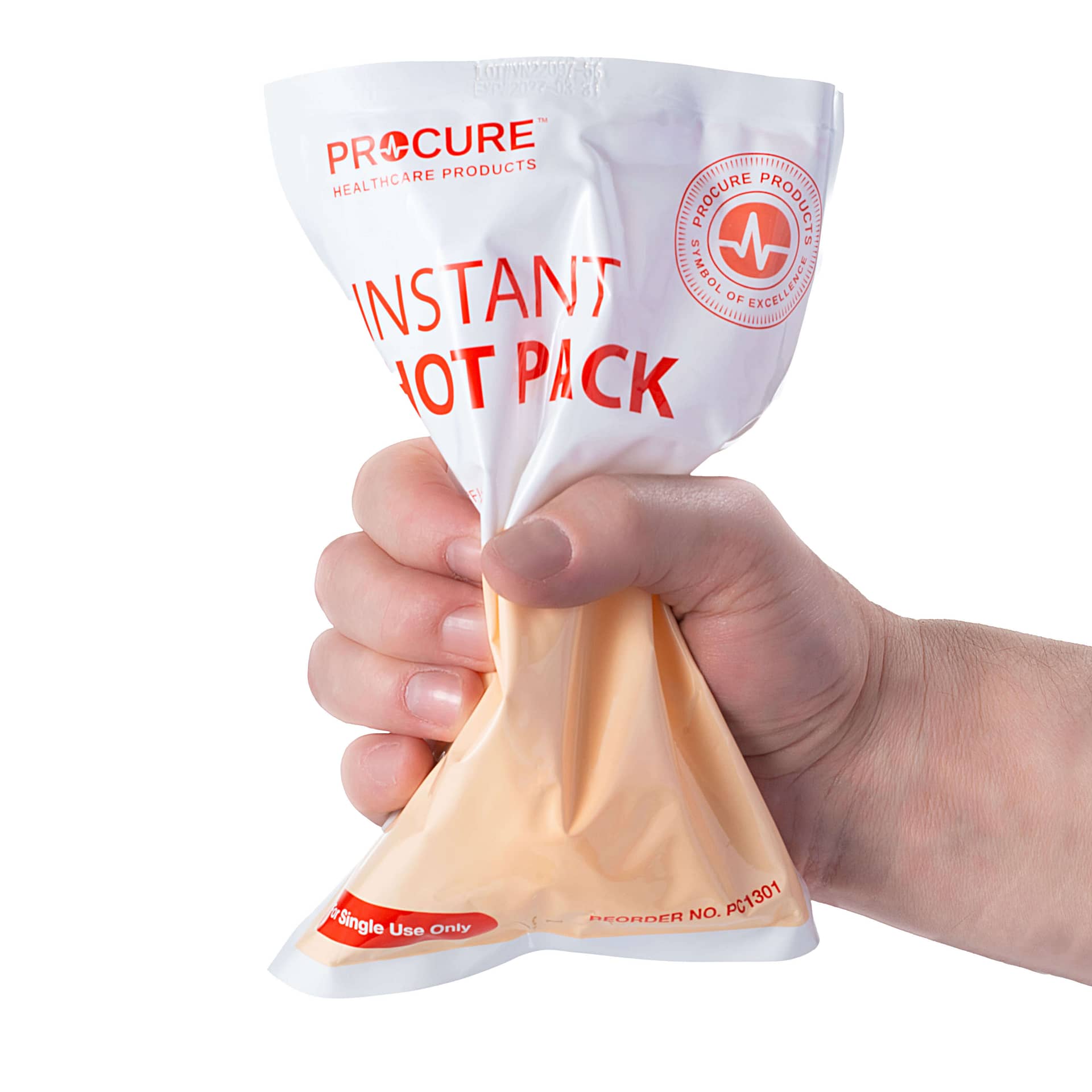Hot packs, also known as heat packs or thermal packs, have been a staple in the realm of physical therapy, athletic training, and home care for decades. These simple, yet effective tools are designed to provide soothing heat to relieve pain, reduce stiffness, and promote relaxation in the muscles. With their widespread use, it's essential to understand the science behind hot packs, their various types, and the benefits they offer. In this article, we'll delve into the world of hot packs, exploring their history, construction, and applications, as well as providing expert insights and recommendations for their use.
Key Points
- Hot packs are a popular tool for pain relief and muscle relaxation
- They work by increasing blood flow and reducing muscle spasms
- There are various types of hot packs, including electric, microwaveable, and chemical
- Hot packs can be used for a range of applications, from physical therapy to home care
- Proper use and safety precautions are essential to avoid burns and other injuries
History and Construction of Hot Packs

The concept of using heat to soothe aching muscles dates back thousands of years, with ancient civilizations such as the Egyptians, Greeks, and Romans utilizing warm compresses and hot stones to relieve pain. The modern hot pack, however, is a relatively recent innovation, with the first electric heat packs emerging in the early 20th century. These early models were often cumbersome and prone to overheating, but they paved the way for the development of more sophisticated and safe hot packs that we use today.
A typical hot pack consists of a soft, flexible pouch filled with a thermal medium, such as a gel or a liquid, that is designed to retain heat. The pouch is usually made of a durable, washable material, and may feature a Velcro strap or elastic band to secure it in place. Some hot packs also include additional features, such as temperature controls, timers, or adjustable heat settings, to enhance their usability and effectiveness.
Types of Hot Packs
There are several types of hot packs available, each with its own unique characteristics and advantages. Electric hot packs, for example, use a heating element to warm the thermal medium, and are often preferred for their convenience and ease of use. Microwaveable hot packs, on the other hand, are designed to be heated in a microwave oven, and are a popular choice for their portability and affordability. Chemical hot packs, which use a chemical reaction to generate heat, are often used in emergency situations or in areas where access to electricity is limited.
Other types of hot packs include moist heat packs, which use a damp heat to penetrate deeper into the tissues, and dry heat packs, which use a dry heat to warm the surface of the skin. Some hot packs also feature advanced technologies, such as infrared heat or electromagnetic fields, which are designed to enhance their therapeutic effects.
| Type of Hot Pack | Description | Advantages |
|---|---|---|
| Electric Hot Pack | Uses a heating element to warm the thermal medium | Convenient, easy to use, and adjustable heat settings |
| Microwaveable Hot Pack | Designed to be heated in a microwave oven | Portable, affordable, and easy to use |
| Chemical Hot Pack | Uses a chemical reaction to generate heat | Portable, convenient, and ideal for emergency situations |

Benefits and Applications of Hot Packs

Hot packs have a wide range of benefits and applications, from relieving pain and reducing muscle spasms to promoting relaxation and improving circulation. They are commonly used in physical therapy, athletic training, and home care, and are an essential tool for many healthcare professionals. Hot packs can be used to treat a variety of conditions, including arthritis, fibromyalgia, and lower back pain, and can also be used to relieve menstrual cramps, sore muscles, and tension headaches.
In addition to their therapeutic benefits, hot packs are also a convenient and affordable way to relax and unwind. They can be used in the comfort of your own home, and are a great alternative to more expensive and invasive treatments. With their ease of use, portability, and effectiveness, it’s no wonder that hot packs have become a staple in many households and healthcare settings.
Safety Precautions and Contraindications
While hot packs are generally safe and effective, there are some safety precautions and contraindications to be aware of. It’s essential to follow the manufacturer’s instructions for use, and to take steps to avoid burns and other injuries. This includes testing the temperature of the hot pack before applying it to the skin, and avoiding direct contact with the heating element or thermal medium.
Certain individuals, such as those with diabetes, poor circulation, or sensitive skin, may need to take extra precautions when using hot packs. It’s also important to avoid using hot packs on open wounds, broken skin, or areas with reduced sensation, as this can increase the risk of burns and other complications.
What is the ideal temperature for a hot pack?
+The ideal temperature for a hot pack depends on the individual and the specific condition being treated. Generally, a temperature range of 104°F to 113°F (40°C to 45°C) is considered safe and effective.
Can I use a hot pack on my face or neck?
+It's generally not recommended to use a hot pack on the face or neck, as this can increase the risk of burns and other complications. However, there are some specialized hot packs designed specifically for these areas, which should be used with caution and under the guidance of a healthcare professional.
How often can I use a hot pack?
+The frequency of hot pack use depends on the individual and the specific condition being treated. Generally, it's recommended to use a hot pack for 15 to 20 minutes at a time, with a 30-minute break in between. However, it's essential to follow the manufacturer's instructions and to consult with a healthcare professional if you have any concerns or questions.
In conclusion, hot packs are a simple, effective, and affordable way to relieve pain, reduce muscle tension, and promote relaxation. With their wide range of benefits and applications, it’s no wonder that they have become a staple in many households and healthcare settings. By choosing the right type of hot pack, following proper use and safety precautions, and consulting with a healthcare professional if necessary, you can enjoy the many benefits of hot packs and take the first step towards a healthier, happier you.
